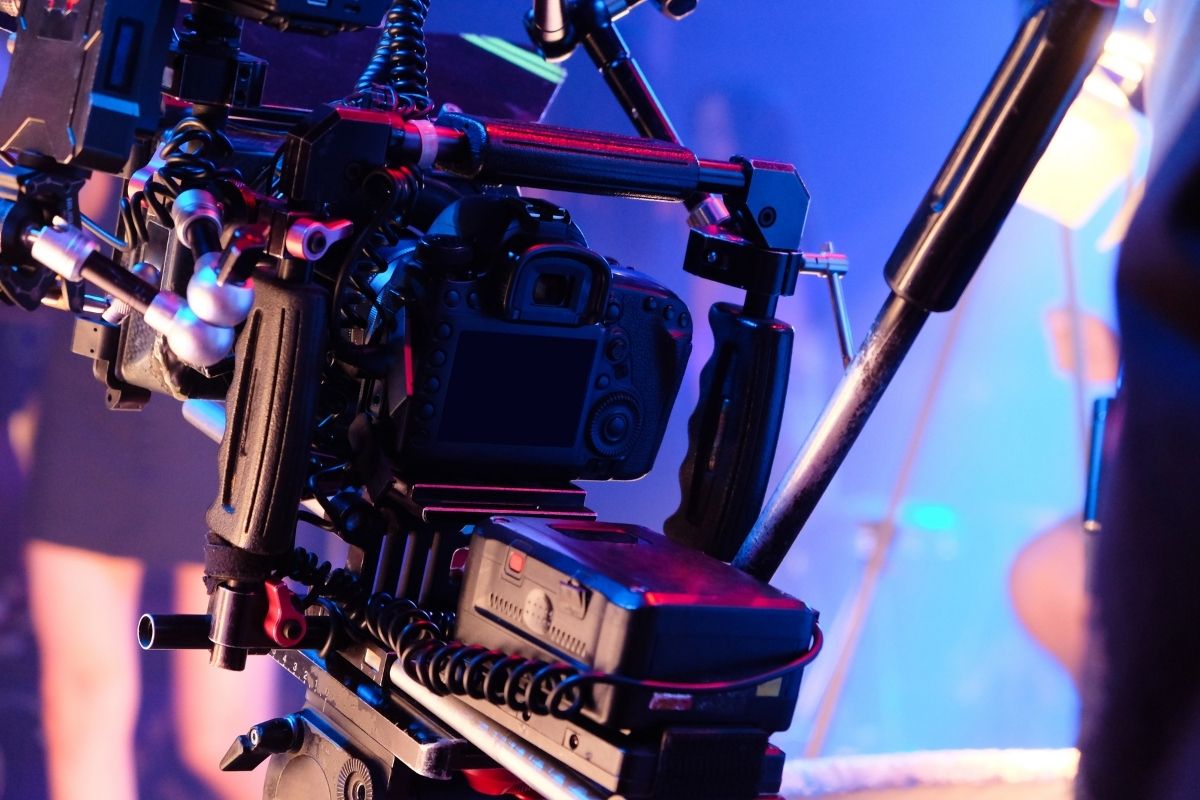Pre-production: Setting up the Set: Collaboration Among Departments
“One reason that I love costume design in film, television, theater, opera, et cetera, is the collaboration,” Explains Durinda Wood. “I love to collaborate with the other department heads, and that’s what the medium is all about. You’re not doing your own work in your own room like an artist. You’re collaborating with other people constantly.”
The script supervisor is really important for the costume designer because she or he is the person that breaks down the script and tells you how many script days there are. That’s really important for a costume designer because then you know how many changes there are for a character. We know what the time passage is. How many years pass? Things like that are very important for the logistics that have to go into your design.
“Then there’s costume department. That would be my costume supervisor. The costume supervisor is the second person in the hierarchy of the costume design department, and that person is all-important. The next would be hair and makeup. Hari and makeup in film are separate departments. There’s a hair department, there is a makeup department, and then there’s the costume department. Good communication with hair and makeup is so important,” Says Wood.
“Then there is the production designer, and within production design would be set decoration, and I would throw in locations, although they have their own department. Locations, production design, set decoration is so important to costume design because that’s the background to your costume. You don’t have a costume and an actor in your costume floating in space. It’s in front of something. You need to know what that wall or what that space is because sometimes you want the costume to fade into the background. Sometimes you want it to be incredibly showing away from the background.”
In film, it’s much harder than theater because in film, at the last minute, they often change what the background is. They’ll come to the set, and they’ll realize they don’t want to do it on that wall. They’re going to do it in that corner instead. Sometimes you have to go to the trailer and see if you have something else that will be better with that background. It’s a little bit instinct that you have to rely on when you’re a costume designer.
“I’m always on the set when a new costume comes up because there might have to be a change at the last minute. Finally, there is the director of photography. I want to know how it’s being shot. I want to know the lens. I want to know HD. I want to know video. I want to know if it’s film.”


